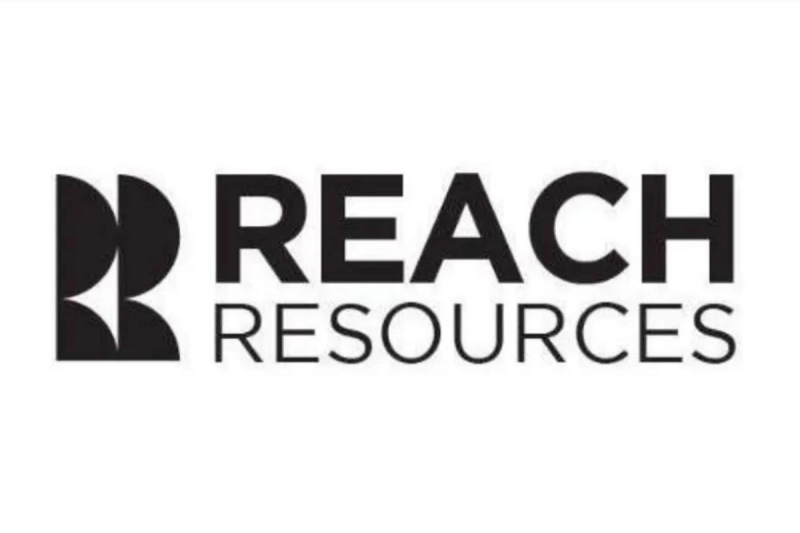A rights issue typically signifies an exclusive right bestowed upon existing shareholders of a company to buy additional shares directly from the company at a discounted rate compared to the current market value. It is a type of corporate action utilized by companies to raise additional capital whilst giving existing shareholders a preemptive right to maintain their proportional ownership. This method of raising capital is lucrative for companies as it allows them to source funds without incurring debt or diluting management control.
Understanding Rights Issue
A rights issue offers shareholders a unique opportunity called ‘subscription rights’ or ‘rights entitlement,’ enabling them to subscribe to the new shares proportionate to their existing shareholding. The ratio of entitlement depends on the company’s capital requirement and the number of shares shareholders currently own. For instance, if a company announces a 1:2 rights issue, it means a shareholder is granted one additional share for every two shares they own.
Benefits of Rights Issue
The primary benefit of a rights issue from a shareholder’s perspective is the advantage of purchasing additional shares at a discount without incurring brokerage or transaction costs. It also allows shareholders to maintain their level of control by preventing their proportionate share of ownership from becoming diluted.
Rights Issue and Shortfall
While a rights issue offers advantages, there can be scenarios where the application isn’t fully subscribed to by the eligible shareholders, resulting in a shortfall. This situation arises when existing shareholders either choose not to exercise their rights or intentionally let their rights lapse, generally due to financial constraints or a lack of confidence in the company’s future prospects. The unclaimed shares which form the shortfall can then be sold to other investors, often at a higher price than the one offered to existing shareholders.
Handling a Shortfall
The company has various options to deal with the shortfall. It can offer the unclaimed shares to new investors or existing shareholders, or it could cancel the rights issue entirely. This strategic decision is made bearing in mind the objective of the rights issue, namely the need for capital, and the potential dilutive effect of the shortfall shares on current shareholders.
Shortfall Shares
The unclaimed shares that result from a rights issue are referred to as ‘shortfall shares’. These shares can be issued to other investors on a first-come, first-served basis, allowing them to take advantage of the discounted price. The surplus funds obtained from selling shortfall shares above the issue price constitute ‘overage,’ which benefits the shareholders as the company can use it for business expansion, debt reduction, or any other beneficial cause.
To sum up, a rights issue offers an equitable way for companies to raise funds and strategically expand their businesses, connect with potential investors and reward loyal shareholders. However, when shareholders do not fully subscribe, a shortfall may appear, which the company must then handle to uphold its financial viability. The resolution pursued by the company should ideally strike a balance between fund generation, shareholder equity, and business prospects.




